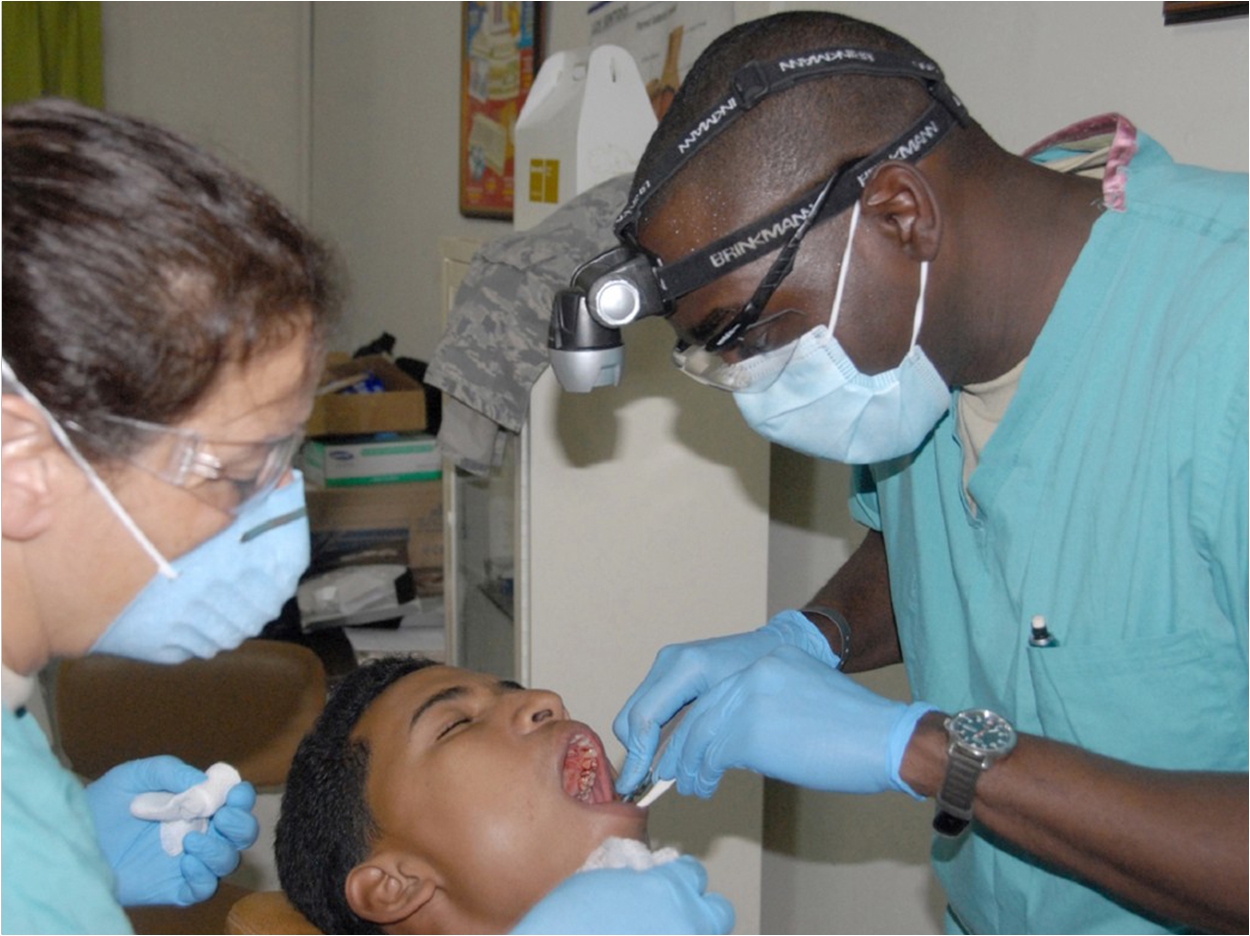
Blacks, Latinos, and Native Americans were severely underrepresented in the healthcare workforce including dentistry in 2019, according to George Washington University, in a trend that shows limited signs of improvement.
Overall, 60.5% of the professionals in the 10 professions studied were White, while 12.1% were Black, 18.2% were Hispanic, and 0.6% were Native American. Also, 54.5% of students in professional programs were White, while 13.7% were Black, 21.3% were Hispanic, and 0.7% were Native American.
Specifically in dentistry, 68.7% of dentists were White, 4.4% of dentists were Black, 5.7% were Hispanic, and 0.1% were Native American. Also, 56.5% of 2019’s dental school students were White, while 4.9% were Black, 9.8% were Hispanic, and 0.3% were Native American.
In addition to dentistry, the study examined advanced practice registered nurses, pharmacists, physicians, physician assistants, occupational therapists, physical therapists, respiratory therapists, speech-language pathologists, and registered nurses.
“Our findings suggest that Blacks, Latinos, and other people of color have been left behind when it comes to the health professions,” said lead author Edward Salsberg, senior research scientist and co-director of the Health Workforce Diversity Tracker project at the GW Fitzhugh Mullan Institute for Health Workforce Equity.
The study is one of the first to measure the representation of Blacks, Latinos, and other minorities in the current workforce and compare it to the diversity of the future workforce across health professions, Salsberg said.
The findings are important because minority health professionals play a critical role in efforts to reduce the disproportionate burden of diseases, including COVID-19, among communities of color, the researchers said.
“By building a more diverse health workforce, the United States would improve access and improve outcomes in underserved communities and for high-need populations,” said coauthor Toyese Oyeyemi, co-director of the Diversity Tracker project.
The study used publicly available data from the American Community Survey and the Integrated Post-Secondary Education Data Systems to estimate the current racial and ethnic profile of 10 health professions. The analysis focused on the largest health diagnosing and treating professions, including doctors, nurses, and pharmacists.
The researchers also developed a health workforce diversity index comparing the representation of minorities in each profession to their representation among the working age population. It also compares the diversity of recent graduates to the diversity of the population age 20 to 35. According to the study:
- In 2019, about 12.1% of the entire US workforce was Black. In contrast, among the 10 health professions studies, Black representation ranged from 3.3% for physical therapists to 11.4% for respiratory therapists.
- Among the 10 professions studied, the diversity index for Blacks in the workforce was 0.54. A diversity index of one represents parity, or the diversity of the workforce being equal to the diversity in the profession. A 0.54 index means that Blacks are very underrepresented in the health professions.
- The composite diversity index for Blacks among graduates in the 10 professions also was 0.54, indicating that the future health workforce is unlikely to have greater representation.
- In five of the 10 professions studied, the representation of Blacks in the pipeline was less than in practice, indicating the future workforce may be even less diverse in those professions.
- In 2019, Latinos accounted for 18.2% of the US workforce, as representation in the 10 health professions studied ranged from 3.4% for physical therapists to 10.8% for respiratory therapists with an overall diversity index of 0.34.
- Native Americans accounted for 0.6% of the overall US workforce in 2019, with representation among the 10 health professions ranging from a low of zero to just 0.9%, resulting in a diversity index of 0.54.
- In dentistry, Whites saw a 1.13 diversity index while Blacks scored 0.36, Hispanics scored 0.31, and Native Americans scored 0.09.
- In dental school, Whites saw a 1.04 diversity index while Blacks scored 0.36, Hispanics scored 0.46, and Native Americans scored 0.4.
The analysis also examined recent graduates of health professional programs to determine whether many newly minted graduates are from minority groups. A more diverse group of new graduates might change the trajectory of the past, the researchers said.
However, the researchers found that despite minor improvements in the diversity index of recent Latino graduates, most health professions have not changed much when it comes to diversity.
“These findings show that the health workforce roles that require postgraduate education training suffer from a significant underrepresentation of minorities that lags behind their representation in the general population,” said coauthor Maria Portela, a co-director of the Diversity Tracker project.
“This trend is unlikely to change unless we devote attention and resources to fix it,” said Portela.
“Our hope is measuring, tracking, and regularly publicizing the lack of diversity in the health professions will raise awareness and visibility of these disparities and encourage organizations, states, and individual institutions to enact change that will benefit the whole community,” said Portela.
The study, “Estimation and Comparison of Current and Future Racial/Ethnic Representation in the US Health Care Workforce,” was published by JAMA Network Open.
Related Articles
Diverse Dental Society Strives for Better Representation
Partnership Sponsors Scholarships for African-American Dental Students
Contest to Give Away a Mobile Dental Clinic












